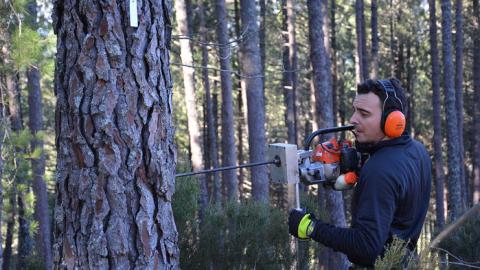
Faced with deforestation, climate change, invasive pests, and new diseases, many trees are in trouble. Foresters and conservationists are scrambling to save them, but can’t protect every stand of woods. And prioritizing which places—and even which individual trees—warrant preservation has been a challenge. For example, “You want a lot of genetic diversity in a conservation area. … The higher the diversity, the more the chances that the population will survive,” says F. A. (Phil) Aravanopoulos, a forest geneticist at Aristotle University of Thessaloniki. But robust data on the genetic diversity of trees can be scarce.
Now, a 4-year, $7.7 million effort to document the genetic diversity of forests in Europe is helping fill that gap. In a project dubbed GenTree, researchers from 14 countries measured, cored, and took DNA samples from 12 important tree species across Europe. No other continent’s forests have been documented so broadly and so comprehensively, says Nathalie Isabel, a forest geneticist and forester with Natural Resources Canada. “The sampling is amazing.”
The results, reported at a forest genetics conference this week in Avignon, France, could help conservationists, tree breeders, forest managers, and researchers trying to understand how forests will cope with climate change. The data trove will “provide a solid base for a better understanding of the links between genetic diversity and increased adaptation and resilience of the European forests,” says forest researcher Hernán Serrano-León, who worked at the recently disbanded European Forest Institute Planted Forests Facility.

